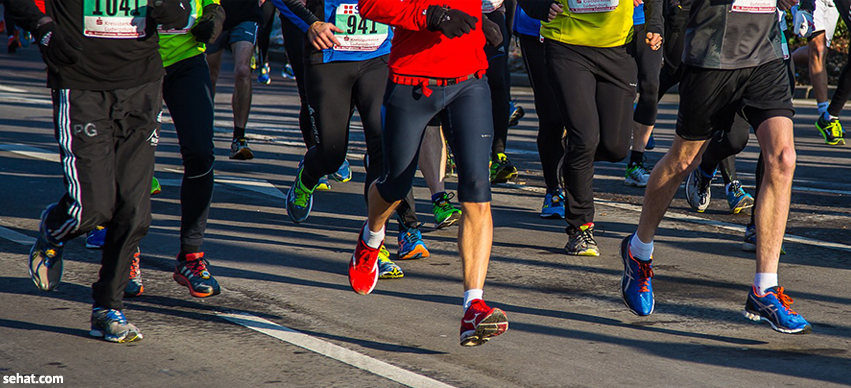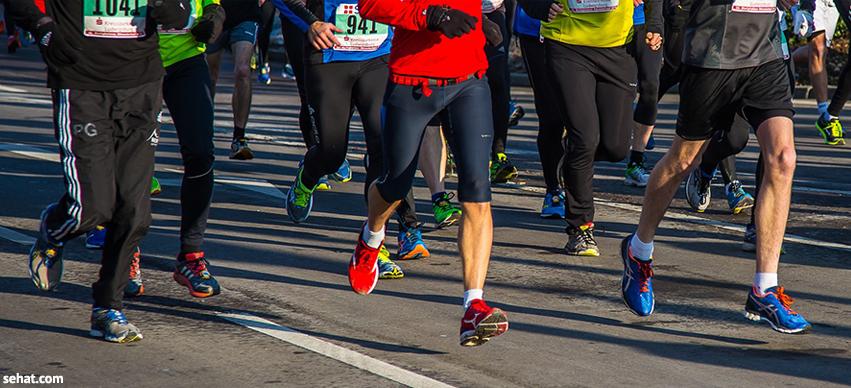How Communities Are Changing the Way We Think About Aging in..
8 Min Read


If your shins ache and throb after you have finished your daily run, you might be suffering from shin splints. Shin splints are may be caused by swollen and irritated muscles. This is what happens to athletes, who overuse the muscles in their shins too much. It can happen because of stress fractures, due to wrong running techniques, or injury. People who have flat feet also tend to suffer from shin splints.
Shin splints are rather common among people who run, and among athletes and dancers. It is possible for one to avoid shin splints. Here are some of the most popular ways of avoiding the same:
Do not start running too fast, and running too much, right at the beginning. You should increase your distance and speed of running slowly, over a period of time. You need a small amount of “break-in†period. Running too much, or too fast will just hinder your development for a long time, and it might actually turn you off from running.
Running is rather hard on your system- it can come as quite the shock to your shins, legs, knees and feet. In order to provide your joints with the rest they need, so that they do not get overworked, you need to cross train. This means that you need to supplement your running with some other activity that is not as hard on the joints- like cycling, swimming or even rowing. You can do about three days of running a week, along with three days of cross training, and one day of rest.
People have a tendency of striking on their heels, or on the tips of their toes while running. Both of these are bad. When running, you must strike mid-foot. This will put the least amount of pressure on your calf muscles, and shin muscles. This will also help avoid any injuries.
If you have come back to running, after a period of time, you should start with short strides. This will reduce the possibility of shin splints. You can go back to your normal strides once you have broken into your body.
When it comes to running, the shoe matters more than anything else. It is important for you to find a shoe that provides you the right amount of support, and fits you well. These shoes need to have arch support, be stable, and not have too much cushioning. These shoes will not just help you run better, they will help you avoid running injuries, especially shin splints.
If you do have shin splints, you need to take care of the pain immediately. Shin splints is not an injury that goes away if you keep running. It will just build up, over a period of time. If you do not address the problem, and treat it, you might end up fracturing your shins.
Getting the right arch support will help you run better (for it will make sure you do not land on your heel), and it will help prevent shin splints. These arch supports are called orthotics, and they are available in all running stores. You can go to the running store, and get one that fits you the best.
You might have to cut back on the amount of running you have been doing, if you want to avoid a fracture. However, this does not mean that you should stop running. If the shin splint hurts, take some anti-inflammatory pills, put an ice-bag on your shin for about 20 minutes. Once the pain reduces, go for a short run, or just a jog. You can just choose to cross train, instead of a run, but make sure you stay active.